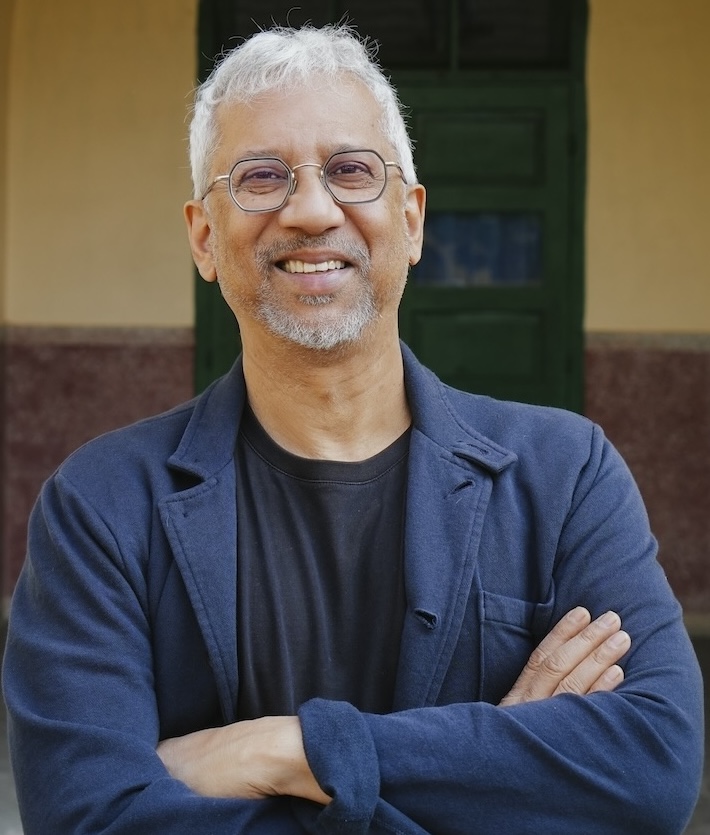in Abhijit Banerjee, Roland Benabou and Dilip Mookherjee, What Have We Learned About Poverty?, Oxford University Press, 2006.
Summary. Introduces the idea of aspirations as a socially determined reference point. The paper argues that reachable aspirations serve to inspire, while still higher aspirations could lead to frustration.
